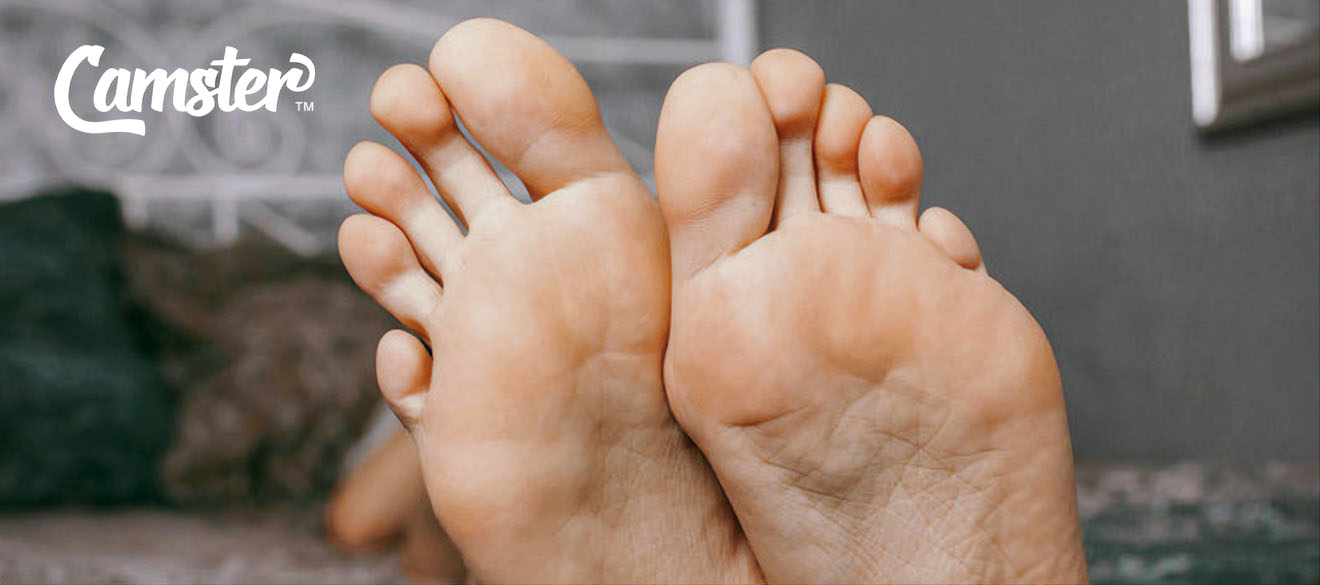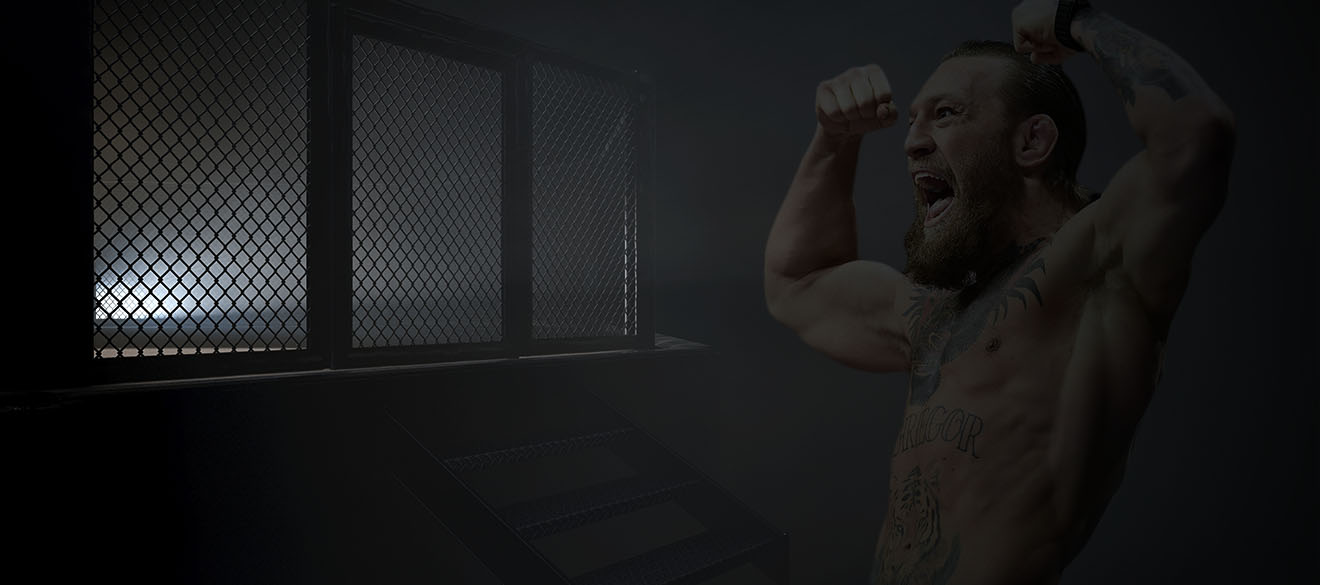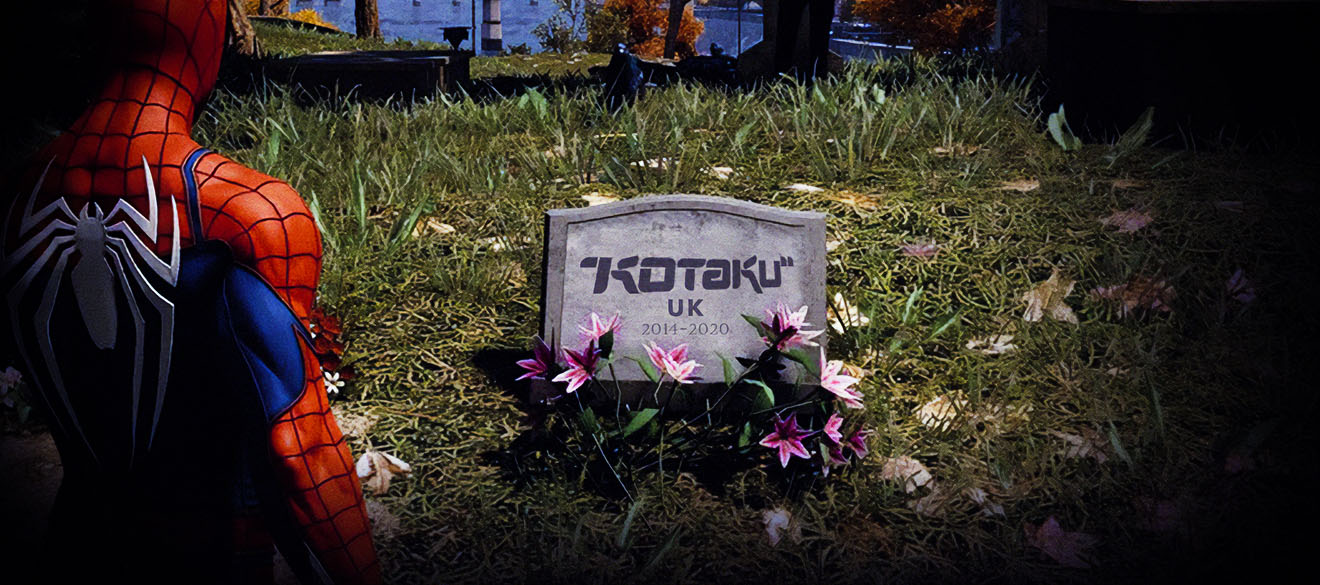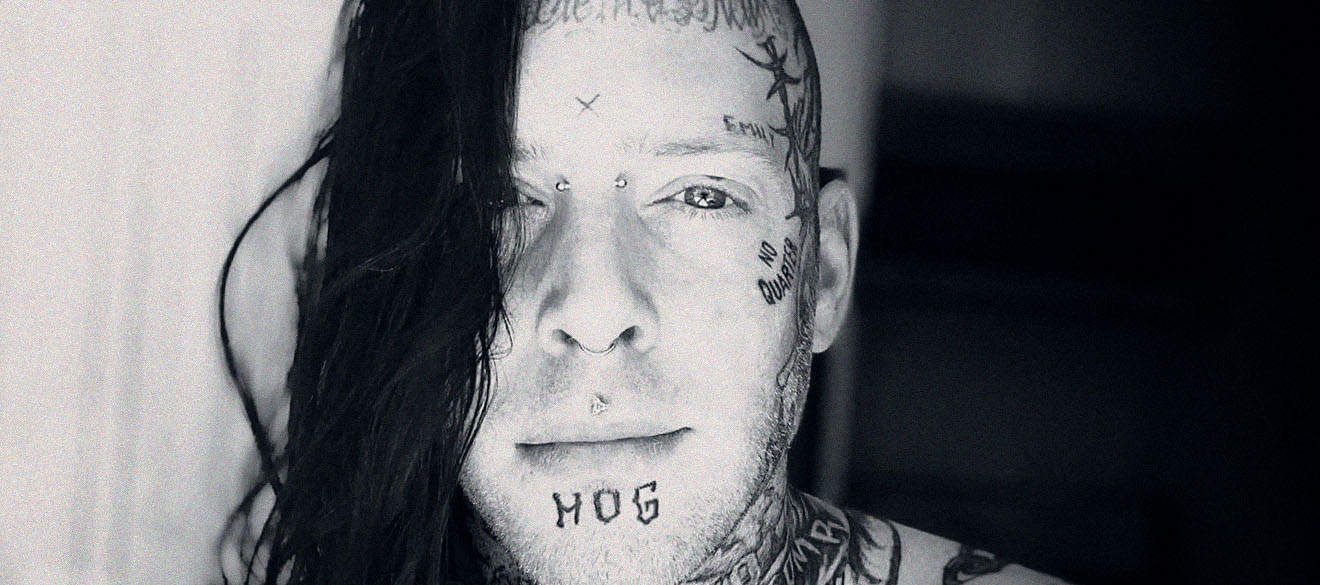Explore Your Wildest Fetishes With Sexy Cam Girls on Camster
Guess what? That fetish will almost certainly be far more common than you probably realize. Besides, what others think should never stop you from having fun in life. And on that note, we have a perfect way to explore all your wildest fantasies online no matter where you live or when you want to come out and play — thanks to Camster! (We’re givers. What can we say?)
Fetish cam lovers can feel skeptical about live sites like Camster.com, thinking the performers there focus only on the traditional live sex basics — dirty talk, titty play, dildo action … all the usual stuff. Should that be you, prepare to be surprised, though: Nearly all the camster players will also be more than happy to get into roleplay fantasies and fetish play. You can direct from sexy start to sticky finish, and trust us when we tell you they will be thrilled for the change in routine. As long as it’s legal, nothing will be too bizarre for your favorite Camster playmates.
General Cam Outline
So what are some other fetishes being performed online these days, you wonder?
One of the most common fetishes everywhere turns out to be feet. When a hot chick takes off her high heels after a long day and rolls down her stockings to flex those pretty toes in that red nail polish, for many that gives us all we need to get through the day. Or maybe you have a taste for other body parts like hands. Seeing those fingers caress her skin as she moves down to every inch of her body can be exhilarating without parallel.
Perhaps something beyond the mainstream on fetish cam does it for you? Domination and slave training always a popular option. Getting on your knees and worshipping that amazon above you can be a dream cum true.
Should you feel truly brave consider the fetish cam cornucopia that includes cuckolding, face sitting, jerk-off-instruction, small dick humiliation, teasing, spanking, latex, and any number of roleplay games — from traditional situations to completely imaginary ones! Have you always wanted to play nurse and patient with a hot chick? Or, teacher and student? Or do you crave something purely beyond the reality of our mundane lives? You could play Prince Charming, stiving to do whatever necessary to save your damsel in distress fethish cam friend. Ultimately, of course, you take her home and give that innocent princess the best fuck of her life, but the chase can make the prize always the sweeter. Heck, maybe this only happens after good old-fashioned dragon slaying.
Do you have something even kinkier that gets you hot? After all, when it comes to fetish cam play, pushing your own boundaries to explore the depths of your own sexuality tends to be rather the point. And remember: that girl across the screen might be doing the same if you ask her.
Fetish Cam Reality
We can summarize this simply: Yeah, live sex chat can really be as creative as you want it to be.
Cam girls online perform all of these activities — including some you’ve probably never even thought of before. (But ask!) Better yet, they’re doing it 24 hours a day, every day. In fact, Camster models even have their fetishes listed in their profiles. So believe it or not, some of the most abstract sexual activities turn out to be actually some of the most common. These girls are here to listen to their fans’ needs and find out what makes them happy no matter how “weird” it may seem to the less enlightened<
We all have our things that get us hot. It might be huge tits, long legs, big lips, a firm ass, whatever. But sexuality will always remain personal, and what we consider sexy will obviously remain subjective. Some of us love flat chests, muscular legs, or meaty bodies. While some of the top cam girls online might qualify for what most of society deems as sexy, Camster.com offers girls of all types, and they love exploring fetishes — particularly those rare ones.!
Fetishes: Face sitting, JOI, Roleplay
“Absolutely incredible!!! Everything is worth it with her. She will make the absolute best for your private session and also her party chat is fucking amazing!!!”
Fetishes: Orgasm control, Sugar daddy, Tickler
“This girl is an absolute wonder- beautiful, intelligent, strives to please, a great conversationalist with a great sense of humor, and yes, guys, she takes all her clothes off too. All this in one beautiful package.”
Fetishes: Feet, Domination, Stockingsr
“Very pleasant girl who will make you feel like a king. Great attitude and open-minded with some very creative suggestions.”
Fetishes: Collar and Leash, Latex, Wet and Messy
“Spectacular! A sexual volcano who will erupt all over the sheets and the floor. Incredible woman!”
Fetishes: Feathers, Machines, Stilettos
“Every private show with her is a trip to heaven. Nazanin is simply the best. I love her sexy body and her amazing facial expressions. I wish I could have her in my bed every day.”
You know, maybe you should take a few minutes right now and check out some of the top fetish cam girls online right at this very moment. Don’t forget to find out what their biggest fetishes might be (currently). This list of names and playstyles will always help you get into the action even faster with the right kind of girl for your favorite kinds of XXX play at www.Camster.com today.
Just remember the fetishes listed are included, but not limited!





























































